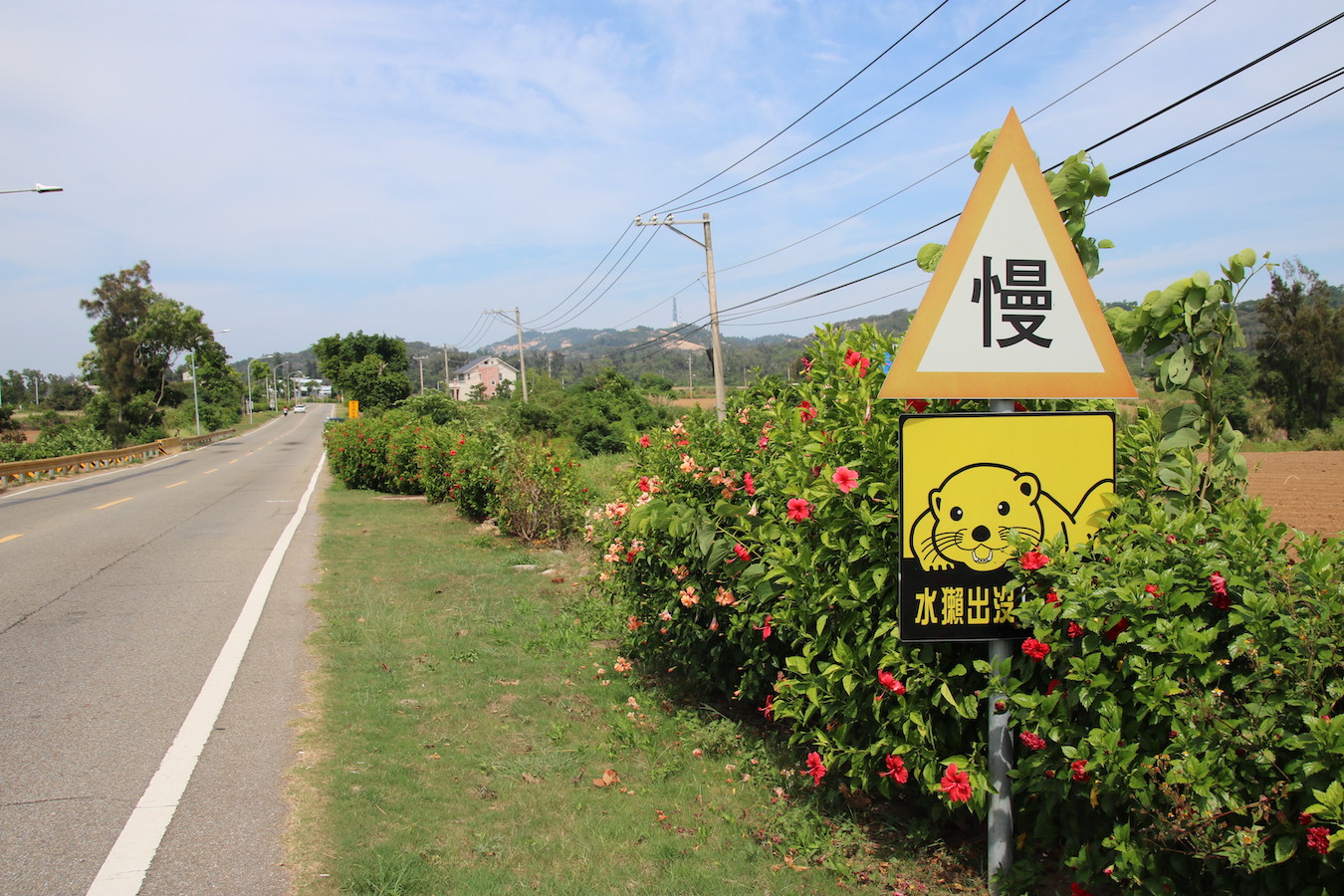by Brian Hioe
語言:
English
Photo Credit: StormyNeuron/WikiCommons/CC BY-SA 4.0
THE CHINESE GOVERNMENT has stated that it will step up patrols in the waters around Kinmen after an incident that left two Chinese individuals dead. At least one such patrol has taken place to date, with Chinese sailors boarding a Taiwanese tourist boat and searching it for half an hour. This raises the possibility of future harassment.
Last week, the Taiwanese Coast Guard responded to the intrusion of a speedboat with four Chinese men on it by demanding to search the vessel, which was intruding into Kinmen’s territorial waters. The vessel refused to comply and instead attempted to flee.
The vessel then capsized, sending the four men into the water. By the time that the four were brought onto a Taiwanese Coast Guard vessel, two did not have vital signs.
The Taiwanese government has expressed regret for the incident, while stating that it had sought to be in communication with the families of the bereaved. At the same time, the Taiwanese government has emphasized that the Coast Guard was acting in accordance with standard regulations in responding to maritime intrusions.
China’s Taiwan Affairs Office accused the Taiwanese government of “hurting the feelings of the Chinese people” and claimed that Chinese vessels regularly faced harassment from the Taiwanese Coast Guard, at the behest of the Tsai administration.
Such comments prove ironic, seeing as Chinese warplanes regularly menace Taiwan through intrusions in Taiwan’s Air Defense Identification Zone, carried out concurrently with intrusions by Chinese naval vessels. To this extent, China has been accused of grey zone tactics through acts such as sand dredging by Chinese vessels, which cross into the waters of Taiwanese islands such as Matsu. There are rising concerns about ongoing Chinese efforts to integrate its civilian and military fleets, particularly because China currently does not have enough vessels with which to mount an invasion of Taiwan, in bringing over the necessary amount of troops in a short enough timeframe for an invasion.
 Photo credit: 姜 明雄/WikiCommons/CC0
Photo credit: 姜 明雄/WikiCommons/CC0
China has also demonstrated a willingness to potentially endanger its own civilians in order to try and constrain Taiwan. This can be observed in China announcing shifts in flight route M503 that would bring civilian planes close to the median line of the Taiwan Straits, particularly during inclement weather. While this is to reiterate China’s claims over Taiwan, both in terms of waters and airspace, this also puts increased pressure on the Taiwanese military to identify planes as civilian planes when China already frequently uses warplanes to harass Taiwan, which the air force must then respond to with its own planes.
Nevertheless, China initially did not take a hard line on the incident, comparatively speaking. While some have raised questions about whether the men on the speedboat were genuinely fishermen, or could have perhaps been involved in other activity, it is possible that China would be inconvenienced if Chinese civilian vessels began intruding into the territorial waters of other countries because they came to view the state as backing them to the hilt. Apart from just the inconvenience, this could present significant geopolitical risk for China, injecting more tension into China’s already contentious relationship with the many countries in the region with which it has conflicting maritime claims.
Or China could have been conscious that the international community’s eyes would be on the incident closer to when it took place. Announcing measures later on, when there was comparatively less attention, could allow China to seem restrained and still provide opportunities to escalate later on.
And, as it seems, China did not wish to pass up the opportunity to escalate its grey zone activity directed at Taiwan. So it is, then, that China has now announced that it will be stepping its patrols–perhaps leading to more incidents of possible tension or potential clashes between the Taiwanese and Chinese maritime authorities. This would be in line with how China has escalated maritime tensions in other contexts, such as standoffs between Philippine and Chinese vessels around Second Thomas Shoal.
How China intends to ramp up pressure in Kinmen is yet to be seen, particularly since this has the potential to undercut positive views of China from economic engagement, and Kinmen slants heavily blue. Certainly, the attempt is to depict escalating tensions as the fault of the Tsai administration. But China generally prefers coercive pressure to attempts to win goodwill through engagement, even when this is not necessarily the approach that would, in fact, win it support.

